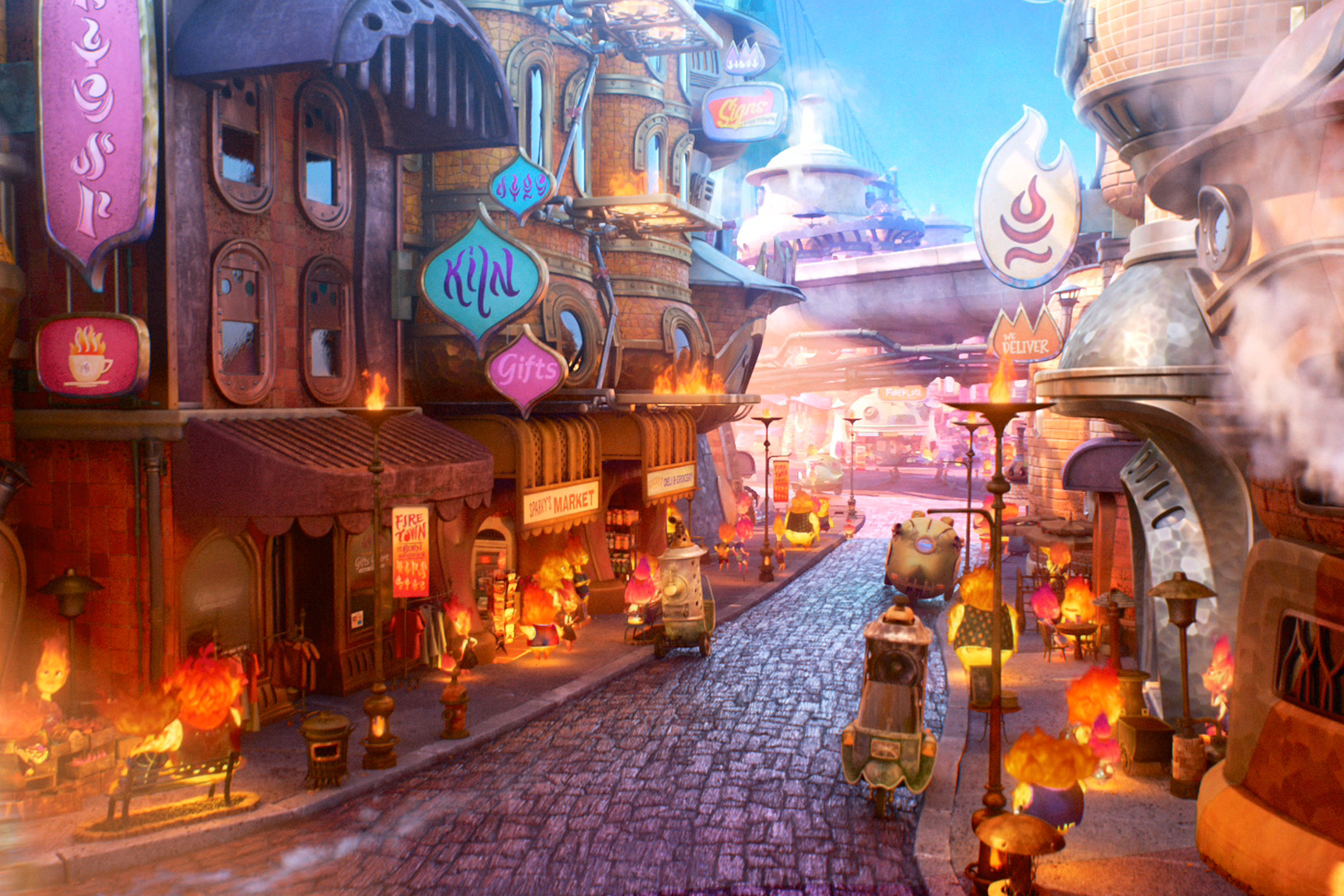“Engine-eering a Procedural Pipeline with USD” by Rice, Jenny and Harrower
Conference:
Title:
- Engine-eering a Procedural Pipeline with USD
Session/Category Title: A Trip Down the Studio Pipeline I
Presenter(s)/Author(s):
Interest Area:
- Production & Animation
Abstract:
Typical cache-based non-procedural methods can have downsides within a production studio. Modifications to pre-cached data can introduce an expensive feedback loop between departments (e.g. Layout pushing work back to FX). Proceduralism solves this by allowing artists themselves to make their own modifications, without need for a new cache delivery from another department. Another benefit to procedural generation of data is reduced disk space usage particularly for heavy datasets like volumes. In this case, they no longer need to be cached to disk, but instead created from a procedural ‘recipe’ on-demand. Historically, there was a high bar to introducing proceduralism into various parts of our pipeline, requiring custom engineering efforts on a case-by-case basis. Now, we leverage Houdini Engine (HE) [SideFX 2023], a toolkit from SideFX, together with USD [Pixar 2023], to provide a general procedural framework. By removing the engineering bottlenecks of creating procedurals, we can more easily allow artists to create their own, allowing them to iterate more quickly on design within a creative context.
References:
[1] Tom Cauchois and Steve LaVietes. 2022. Modular Scene Filtering via the Pixar Hydra 2.0 Architecture. In ACM SIGGRAPH 2022 Talks (Vancouver, BC, Canada) (SIGGRAPH ’22). Association for Computing Machinery, New York, NY, USA, Article 44, 2 pages. https://doi.org/10.1145/3532836.3536280
[2] Pixar. 2023. Universal Scene Description. graphics.pixar.com/usd
[3] SideFX. 2023. Houdini Engine. www.sidefx.com/products/houdini-engine
ACM Digital Library Publication:
Submit a story:
If you would like to submit a story about this presentation, please contact us: historyarchives@siggraph.org





